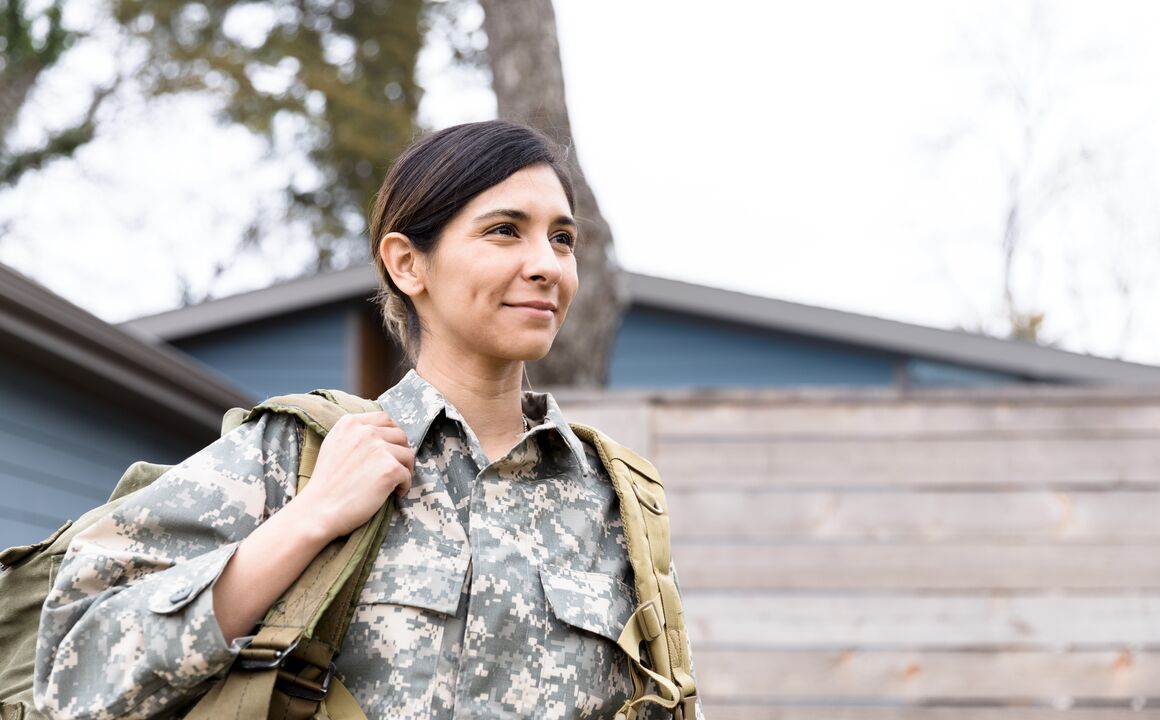
Mobile apps to support military mental health
Key takeaways
In response to input from the military community and healthcare providers, the Defense Health Agency (DHA) worked with Maximus to develop mobile applications that support mental health needs. Developed in collaboration with psychologists at Walter Reed National Military Medical Center, the apps complement treatments for anxiety, depression, and post-traumatic stress disorder (PTSD) with 2M+ downloads since their launch in 2011.
Enabling DHA to complement treatments for anxiety, depression, and PTSD
Situation
With the mission of ensuring that all soldiers are medically ready to protect our nation by providing access to cutting-edge healthcare, DHA strives to exceed the health support service of our soldiers beyond standard physicals. The agency’s Web and Mobile Technologies (WMT) department addresses mental health needs with intuitive applications that complement clinical treatments. WMT’s solutions showcase the intersection of healthcare and technology to drive high-quality care for the military community.
Challenge
Consulting input from military service members, Veterans, beneficiaries, and military healthcare providers, WMT’s Usability Lab identified the need for digital healthcare solutions to support mental health needs.
Solution
WMT turned to trusted government partner Maximus to develop:
- Breathe2Relax, a portable stress management tool with education and practice exercises to help users learn diaphragmatic breathing, an effective stress management skill
- Virtual Hope Box, an application designed to complement mental health treatment with simple coping, relaxation, distraction, and positive thinking tools.
In collaboration with psychologists, the team also developed a virtual immersion therapy application for soldiers with PTSD, as well as an application that exposes caregivers to PTSD symptoms to build understanding of the experiences of their loved ones.
Leveraging multi-disciplinary expertise for new applications.
%20(1).jpg)
How we did it
Our team leveraged capabilities in software development, project management, security, and user experience testing, providing:
- A team of 21 technology experts to guide program operations and deliverables
- Thorough analysis of end-user strengths, pain points, and natural interactions with the healthcare application products
- Strategic deployment of leading technologies, including virtual reality, machine learning, blockchain, and cloud, to ensure robust application design
- Expert implementation of security and compliance infrastructure to protect users’ sensitive health data
Results
- 2M+ downloads of Breathe2Relax and Virtual Hope Box to date
- 60K+ total users of the apps on iOS and Android